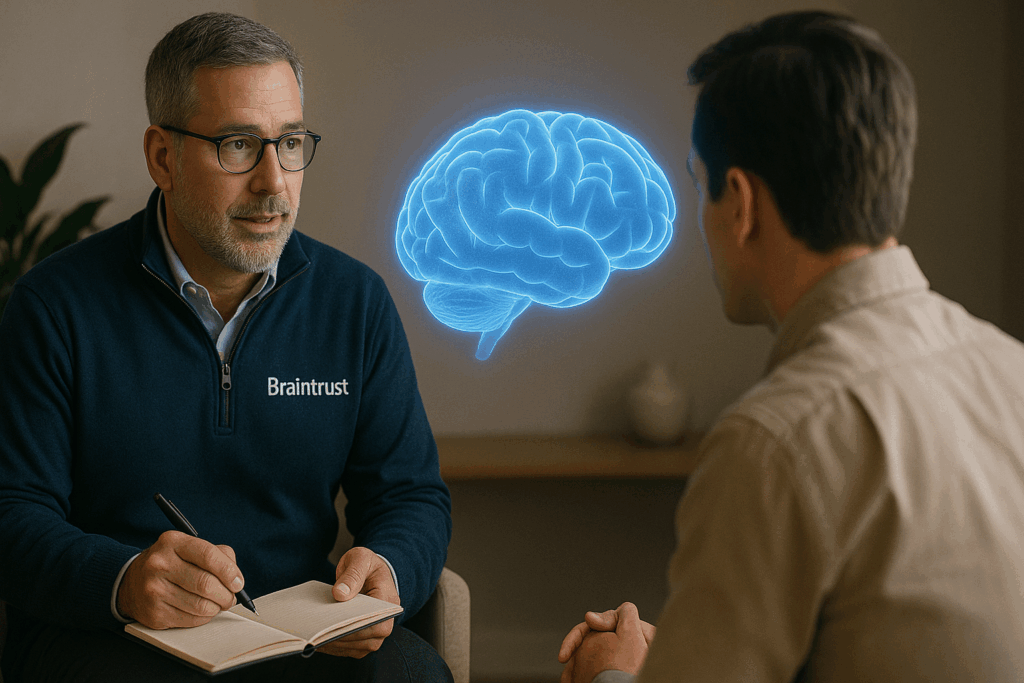How do you create a GREAT sales question? That’s easy…you intentionally structure the question so it shows understanding, a focus on them, and empathy.
Over the last several weeks we have been dissecting Walt Whitman’s quote, “Be Curious, Not Judgmental” and how it pertains to Sales Questioning. As we wrap up this series of blogs, we wanted to leave you with a few final thoughts and most importantly, a tool to help you construct questions to inspire your Curiosity.
When I started my career in sales, I started on the phones just like many of you. My first few days consisted of following a script and asking canned questions that to be honest were just terrible. As I became more comfortable, I began to deviate from the script and started asking questions that ended up giving me better information and actually helped me engage the customer at a more personal level. I practiced and innovated and soon began training on questions, even though I had only been there for a few months. 2 things I learned as I began to really study questions is that
- GREAT sales questions have the same key components and
- GREAT sales questions don’t come naturally to most because they force you to think divergently from your default setting: Self-Preservation.
As humans, we are predisposed to be Self Serving, so when we introduce questions into our conversations, without even being conscious of it; we set these questions up to ultimately be about us and our service/product and not about our customer and the problem they need to have solved. If you’re in sales, you have seen this play out.
You meet with a potential new customer and
- you identify their need
- you have a solution to that need
- you feel there is a good connection
- you identify how to solve their problem and
- yet they still don’t purchase
What is the glaring word that continues to show itself in the statements above? It’s the word You. It’s not about you! Did you know that successful sales professionals are 10x more likely to use collaborative words like “us,” “we,” and “our” and avoid words like, “I” and “me.” (Chorus). Most sales professionals don’t even realize it, but so many times we approach sales from our perspective, not theirs.
So how do we solve this issue? The solution is in the following formula:
M + S + T = I
- Motivation. You need to approach conversations with a sense of curiosity, which will begin to squelch Self-Preservation from creeping in. This needs to be done both before and during the conversation. Being prepared shows you are curious. Remember, it’s not about you.
- Structure. Question structure is vital. To master asking Great questions you must expand your vocabulary beyond What, Why, and How. Also, take the time to effectively learn when to use Open vs Closed-ended questions. You can read a few of our previous question blogs here and here for more ideas on this.
- Tone. Your questions should have an empathetic tone to them with you controlling and altering voice inclination. Take the time to study the best interviewers out there. Watch how they modulate the momentum and movement within the questions they ask.
- Impact. Using the 3 steps above will allow you to create great questions, and great questions are impactful questions. They cause the individual to feel connected, understood, and that you “get” them, which will allow you to steer the conversation effectively.
So, if you are serious about improving your closing percentage or even just having better conversations overall, consciously study and apply the M + S + T = I formula in your life. Learning to create and utilize GREAT questions takes practice, but if you can “Be Curious, Not Judgmental”, then you will see an escalated improvement in the quality of your sales calls.
As we wrap this series, I want to leave you with 2 links that will help to tie all this up for you. Braintrust CEO, Jeff Bloomfield is a Top 10 contributor to LinkedIn Learning, and his “How to Ask Great Sale Questions” is one of LinkedIn Learning’s most successful courses of all time. So much so that LinkedIn reached out to Jeff during the pandemic and asked if they could open it for FREE to anyone who wanted to watch it. He agreed and I am attaching the link below for those of you who want to learn even more. A link for his Best-Selling Book NeuroSelling is also below. Stay curious everyone!





